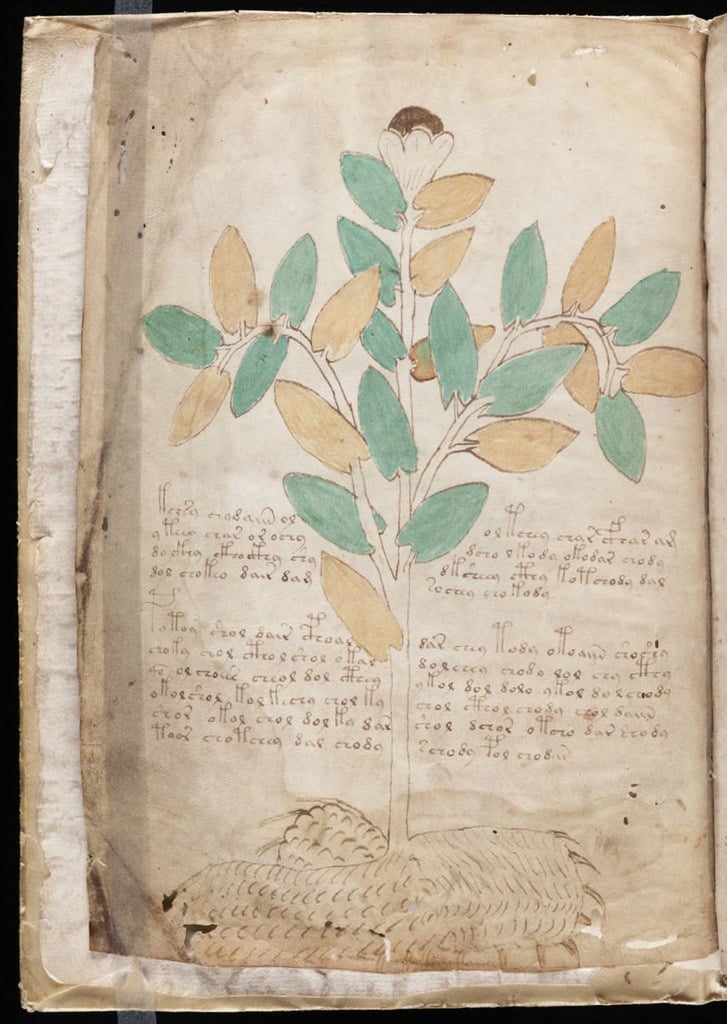

The Cipher of Roger Bacon is, quite frankly, a terrible piece of research. Newbold died before completing his study, but in 1928 his friend and colleague Roland Grubb Kent edited his work and published it posthumously under the title The Cipher of Roger Bacon. The most intrepid of these was William Romaine Newbold (1865-1926), a professor of Latin and Philosophy at the University of Pennsylvania. Cryptologists, linguists, and statisticians were intrigued, and several came to study the manuscript in hopes of solving the puzzle. Upon his return to the United States, he began promoting his mysterious acquisition, boasting to friends and colleagues about the book no one could read.

This part of the story begins back in 1912, when Wilfrid Voynich purchased the manuscript from the Jesuits at Villa Mondragone near Rome. In the brief calm between my arrival in Philadelphia and the two days I spent in pre-meeting meetings, I couldn’t resist the opportunity to spend a few hours at the library, Voynich-ing (yes, that’s a verb, at least it is at my house).

Meeting at the University of Pennsylvania is a homecoming of sorts for me, since my first job after completing my PhD was in the Rare Book Room at the Van Pelt Library, where I was hired to catalogue medieval and Renaissance manuscripts. For the uninitiated, take a minute to read this blogpost so you’ll be caught up.Īs I write this, I am in Philadelphia attending the annual conference of the organization I run, the Medieval Academy of America. If you read my blog, or follow me on Twitter, or have spent five minutes talking to me at a conference, you will know that I am – to put it mildly – fascinated by the Voynich Manuscript, also known as Beinecke Rare Book and Manuscript Library MS 408 (Yale University, New Haven, Connecticut). The Flight into Egypt, Walters Art Museum, MS W.188, f.112r


 0 kommentar(er)
0 kommentar(er)
